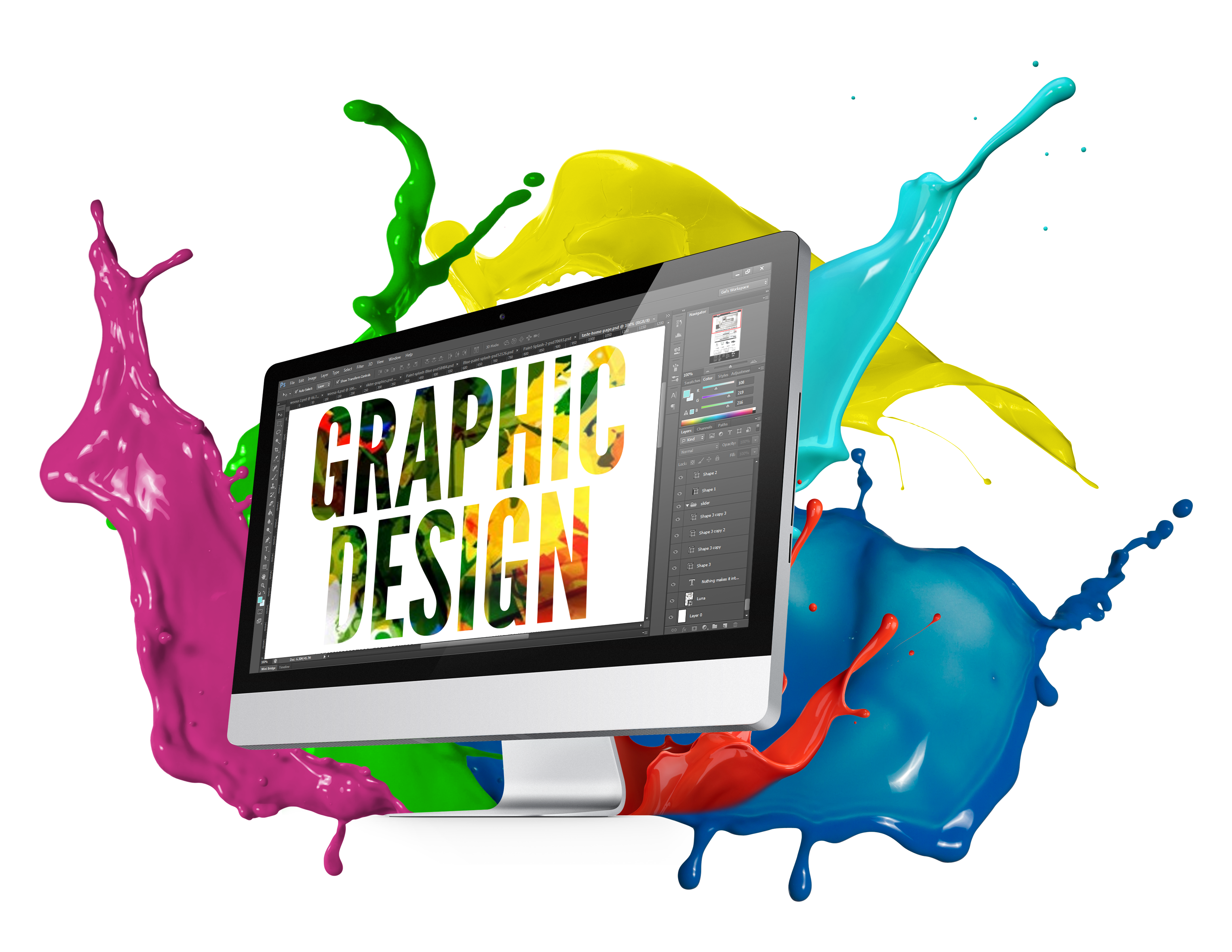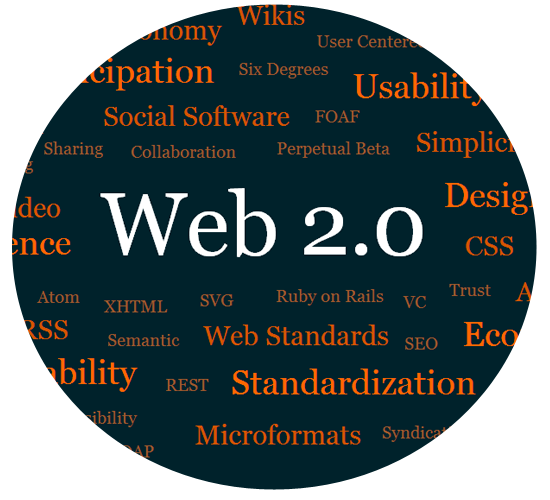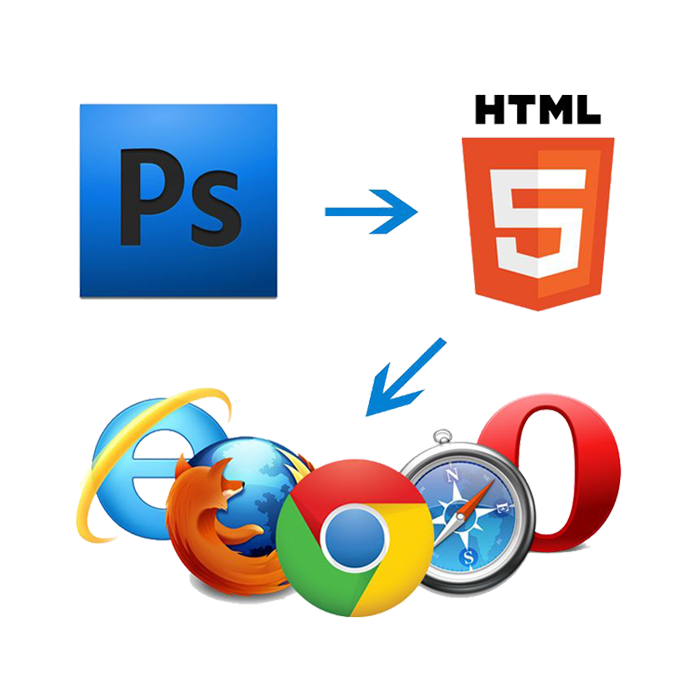Graphics Designing
Graphic design, also known as communication design, is the art and practice of planning and projecting ideas and experiences with visual and textual content. The form it takes can be physical or virtual and can include images, words, or graphics. The experience can take place in an instant or over a long period of time. The work can happen at any scale, from the design of a single postage stamp to a national postal signage system. It can be intended for a small number of people, such as a one-off or limited-edition book or exhibition design, or can be seen by millions, as with the interlinked digital and physical content of an international news organization. It can also be for any purpose, whether commercial, educational, cultural, or political.
Design that’s to be experienced in an instant is the easiest to recognize. Designers arrange type, form, and image on posters, advertisements, packages, and other printed matter, as well as information visualizations and graphics for newspapers and magazines.
This kind of design is often confused with illustration, but while an illustrator creates or draws an image in response to an idea, a designer combines illustrations, photographs, and type in order to communicate an idea. One way to understand this is to consider the difference between a furniture maker and an interior designer. One makes a specific object for a specific purpose, while the other thinks about how all of the objects and surfaces of a room create an environment for the person moving through it. Good illustrators are often capable designers and vice versa, making it harder to distinguish between the two practices.
Motion graphics are equally predetermined and crafted but are meant to be experienced over a fixed time span, like the opening credits of a movie or an online video that explains part of a newspaper article. They usually go beyond the visual, curating and cueing sound to moving vector graphics, photographs, and video. The difference between motion graphics and videography or animation is the same as the difference between two-dimensional graphics and illustration. Motion graphics combine animation, videography, and typography for a communicative purpose, and this combination over time and the space of the screen constitutes the design.







